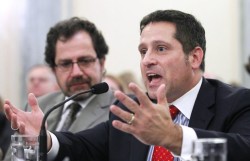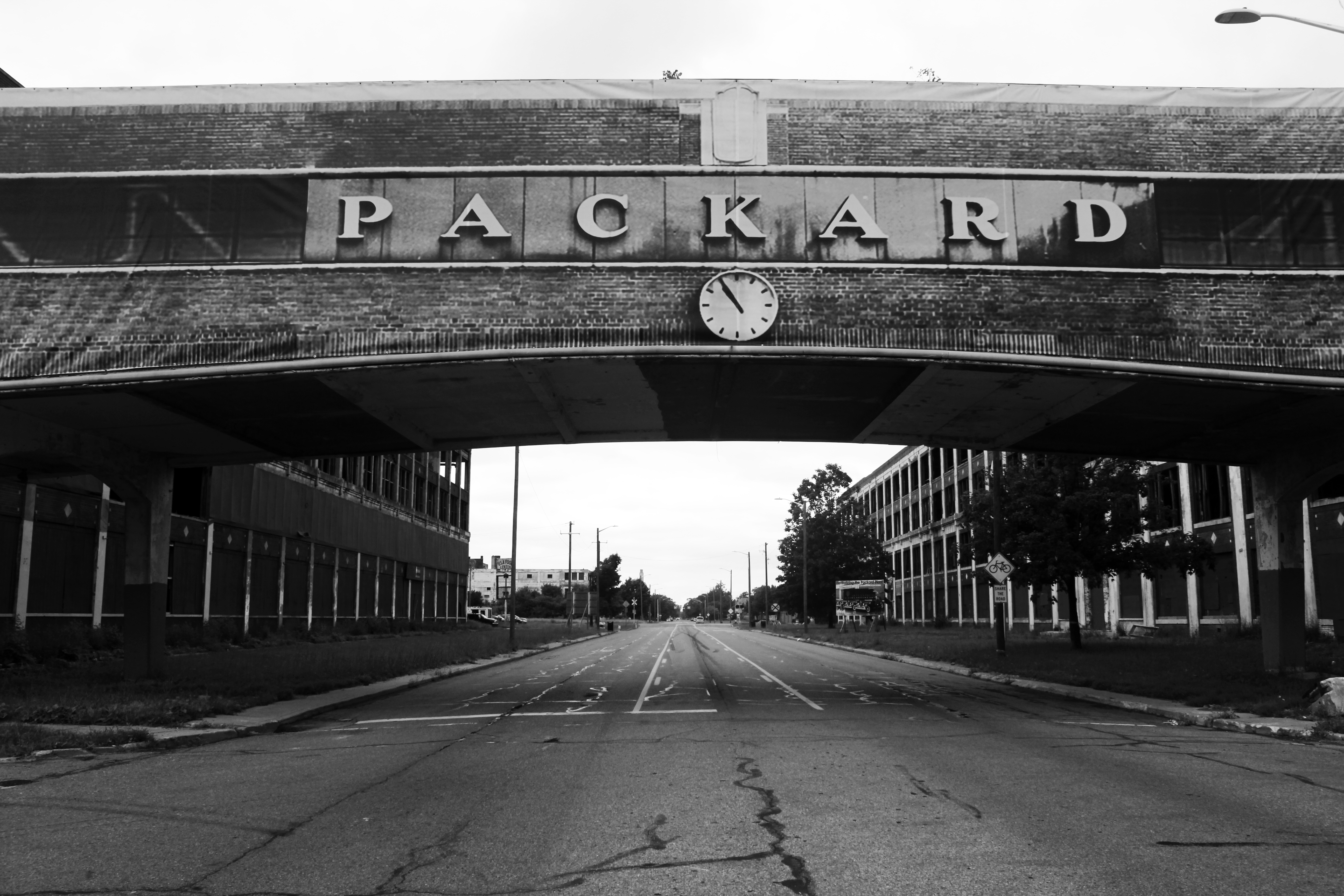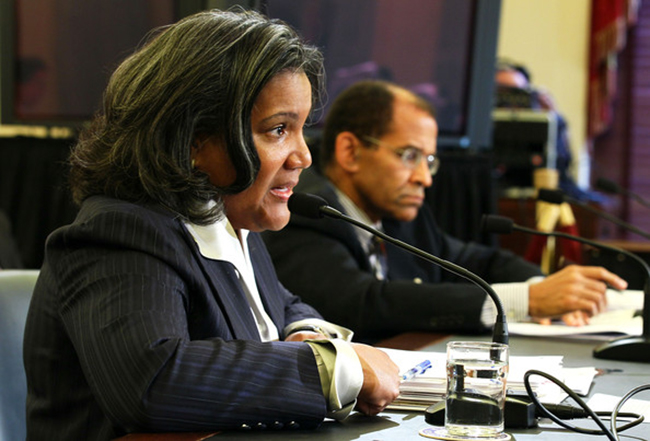Scott Sines, ©Green Rocket News
The Pipeline and Hazardous Material Safety Administration is in charge of over 2.3 million miles of oil and gas transmission lines across the country. The Michigan Public Service Commission has responsibility for approving routing and siting in-state.
At the time of the Marshall spill, PHMSA had 110 inspectors on staff. It was funded for 137. The MPSC has no responsibility for pipeline inspections. With the explosion in domestic oil and gas production, the PHMSA is even more overmatched.
PHMSA, (pronounced “Fimsa”) has never been a picture of efficiency. “One of the best ways to deregulate an industry is to keep regulators so busy they can’t develop regulations,” according to Richard Kuprewicz, president of Accufacts, a pipeline consulting firm for government agencies, the industry and others. A Congressional Research Service report, (p.17) reported a staffing shortfall of about 24 employees a year from 2001-2009.
The agency has a long history of industry influencing its policies. In 2002 President George W. Bush stipulated that fifty percent of PHMSA funding come from outside sources. Reports of undue industry influence became sharper. An investigation by Hearst Newspapers in 2011 “… revealed that two-thirds of the 174 safety studies of land-based pipelines that the federal agency has launched in the last decade were largely funded by pipeline operators or organizations they control.” 
“Clearly, the pipeline industry … must be tapped to draft standards that are technically correct and can be implemented efficiently,” Kessler told House members. “But when a regulatory agency needs to adopt industry-developed standards 85 times, it’s kind of a red flag that the agency lacks the resources and expertise to develop these standards on its own.”
Peter Lidiak, pipeline director at the American Petroleum Institute, said PHMSA is not doing anything wrong in adopting industry standards as regulations. “They’re doing what they are supposed to be doing. We wouldn’t put out a standard if we didn’t think it was an appropriate set of guidelines for the industry to follow,” he said. “We do often suggest to them that they might look at a standard that we have put in place rather than writing all new regulations if they address the same thing.”



















